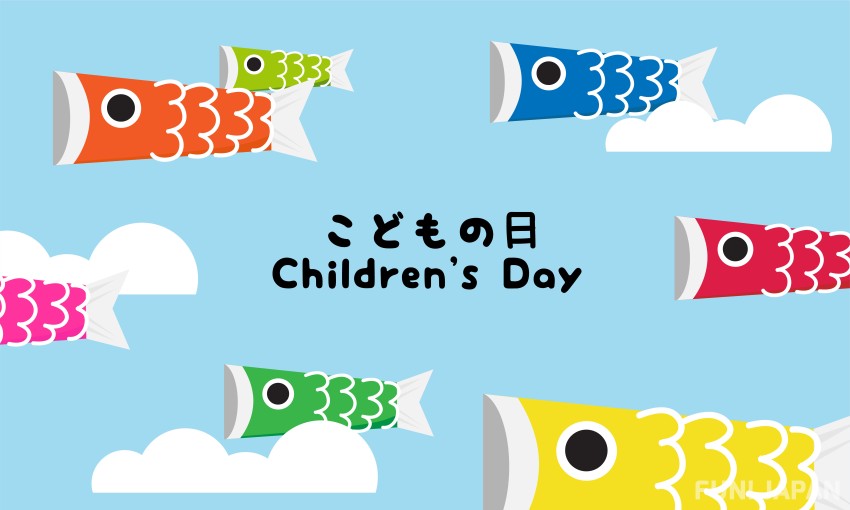
When speaking of May 5th, it's "Children's Day" (こどもの日 / Kodomo no Hi) in Japan. In this article, we will delve into the details about Children's Day. We will introduce the surprisingly unknown meaning and origin of Children's Day, how to spend Children's Day, and even recommended foods for Children's Day. We will also introduce popular events and festivals held on Children's Day, so please use it as a reference.
Meaning and Origin of Children's Day
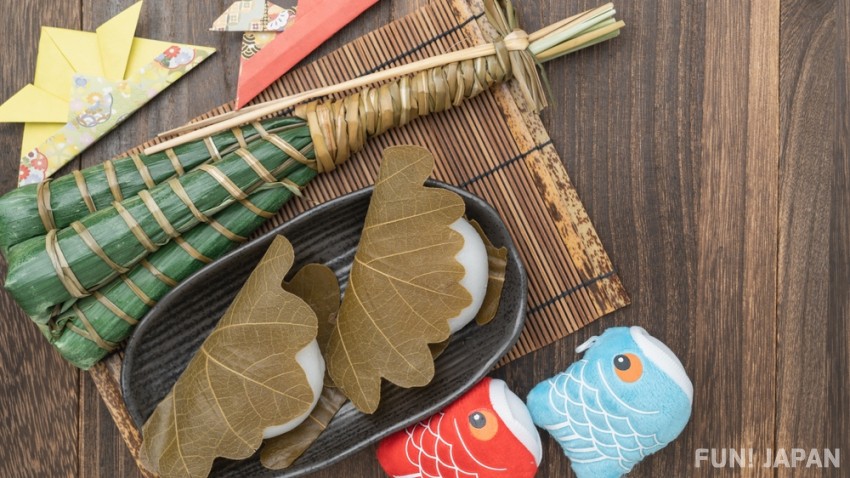
First, let's explain the meaning and origin of Children's Day. May 5th is known and loved by everyone as Children's Day, but how was it born? Let's touch on the history of Children's Day.
The custom of "Tango no Sekku" transmitted from China
Children's Day was originally a celebration called "Tango no Sekku" (端午の節句). This Tango no Sekku has its origins in China.
About 2,300 years ago, there was a man named Qu Yuan who was a close aide to the king of the Chu state in China. Qu Yuan was a man of strong justice and humanity, and was trusted by the king and the people. However, Qu Yuan was caught up in an unexpected conspiracy. He was ousted by those who did not find his activities amusing, and was expelled from the country. It is said that Qu Yuan, shocked by this, jumped into the Miluo River and took his own life.
At that time, the people threw rice dumplings into the river to prevent fish from approaching Qu Yuan's body. This incident led to the annual festival for the memorial service of Qu Yuan. And gradually, it changed into Tango no Sekku, a custom to pray for the peace of the country.
Becoming a Traditional Japanese Event in the Edo Period
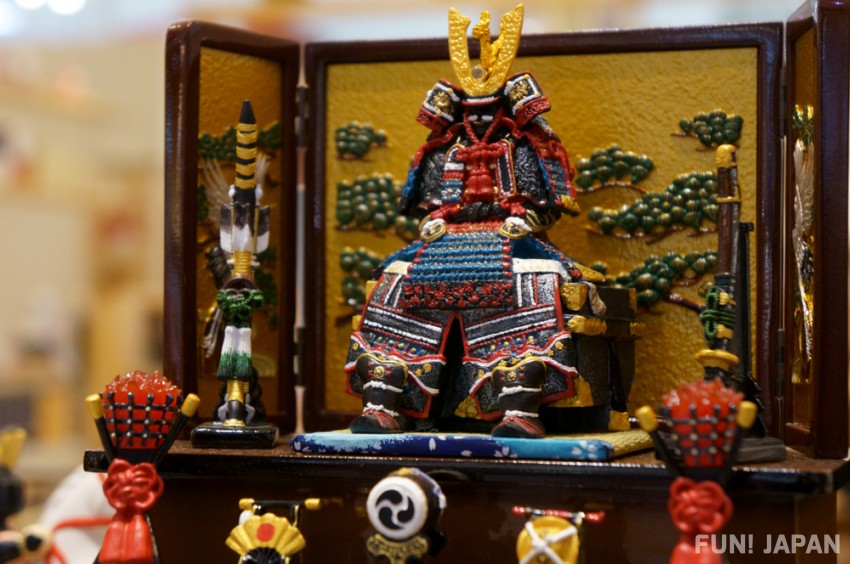
The first Tango no Sekku in Japan began during the Nara period. Rituals were performed to ward off disasters, and in the court, iris and mugwort were placed under the eaves. The vassals decorated their crowns with iris, and hung medicinal balls made from iris leaves on the pillars.
Also, brave events such as horseback archery and horse racing were held to ward off evil spirits that bring disaster. In the private sector, iris was placed under the eaves, and children pulled small bows, and a stone battle called Inji (印地) was actively carried out.
In the Edo period, the important ceremonial day of the Tokugawa shogunate was set on May 5th. Thus, Tango no Sekku continues to this day as a traditional Japanese event. Over time, Tango no Sekku has become a day to celebrate the birth and growth of boys.
Why do Japanese celebrate Children's Day on "May 5th"?
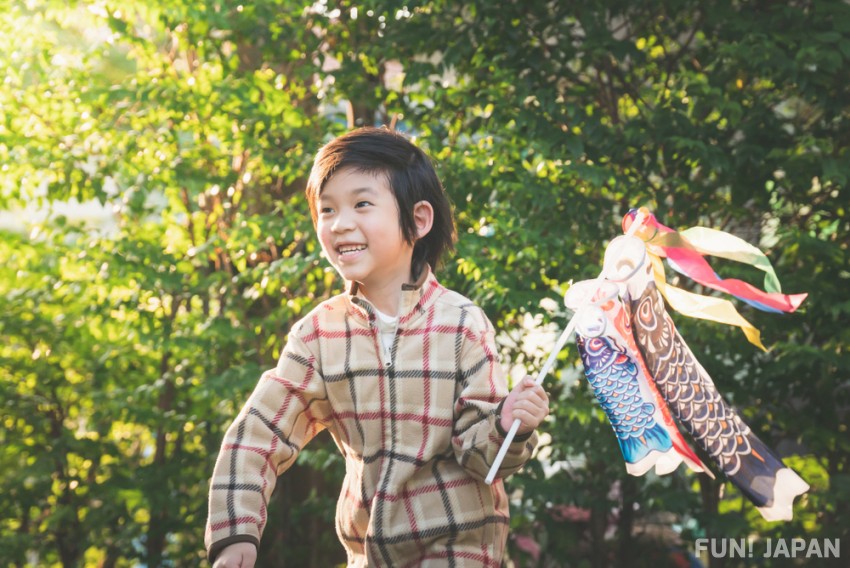
So why is Children's Day on May 5th? The reason becomes clear when we consider the meaning of Tango no Sekku, the origin of the day.
Tango no Sekku means "to perform an exorcism on the first 'horse' day (午の日 / uma no hi) of May". So why is the 'horse' day the 5th? First of all, it's because it sounds good. Also, '午' can be read as 'go' (五) which means 'five'.
For these reasons, it was decided to make May 5th Tango no Sekku = Children's Day. In 1948, it was officially recognized as a national holiday in Japan.
How to spend Children's Day?
Next, let's think about how to spend Children's Day. There must be unique ways to spend Children's Day that have become a tradition for some families. Here, we introduce three typical ways to spend Children's Day. Please also pay attention to the thoughts behind each action.
Decorate with Koinobori to wish for success
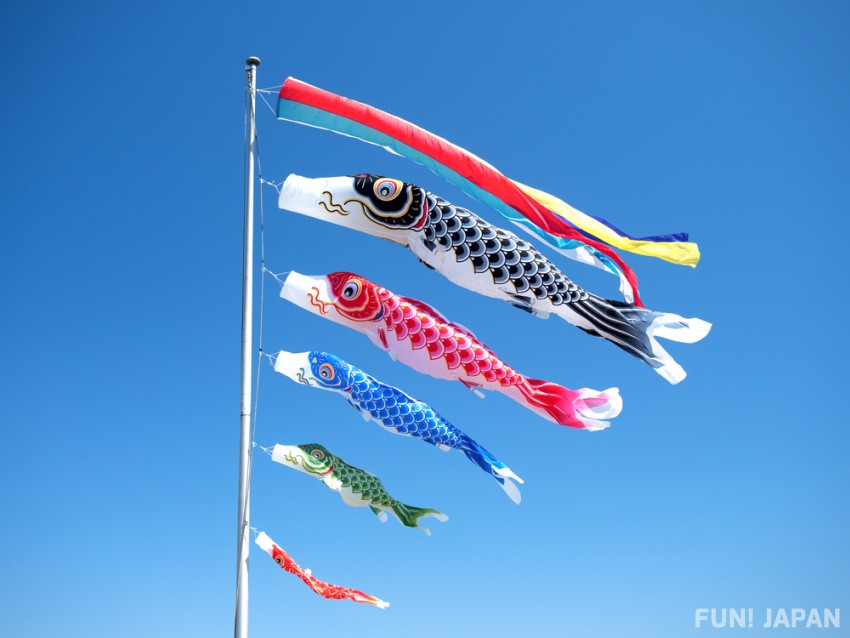
When it comes to Children's Day, many people first think of Koinobori (carp streamers).
The Koinobori is filled with wishes for children to succeed in life. Carp are fish with strong vitality. There is a legend associated with the birth of Koinobori that involves these carp.
Once upon a time, there was a fierce waterfall called Ryumon in the upper reaches of the Yellow River in China. It is said that a carp managed to climb this difficult waterfall and transformed into a dragon, ascending to heaven. Thus, the carp became a symbol of success in life.
The culture of flying Koinobori became widespread during the Edo period. It is said to have started when townspeople made Koinobori to compete with the banners of the samurai.
The five-colored streamers on top of the carp are derived from the philosophy of the Five Elements in ancient China, and they are meant to ward off evil spirits.
Decorate with Gogatsu Ningyo dolls to protect yourself from disaster
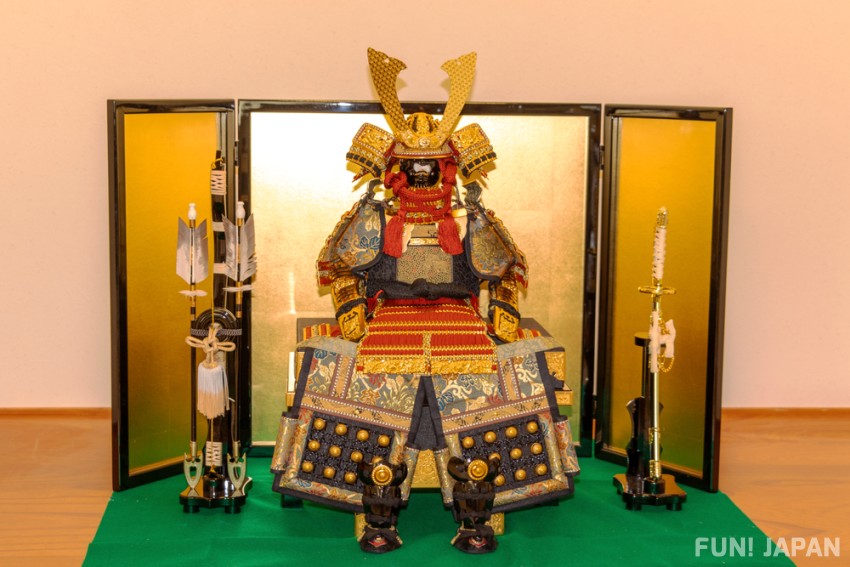
Displaying carp streamers outside and decorating samurai dolls inside the house are important parts of the Children's Day culture in May.
These 'Gogatsu Ningyo' (五月人形) samurai dolls are imbued with the meaning of protecting oneself from calamities. The dolls are accompanied by brave tools such as helmets, bows, and swords. All of these items symbolize warriors, and the origin of arranging such decorations dates back to the Kamakura and Muromachi periods when warriors were rising. The custom of decorating the house with armor and helmets for maintenance by letting the wind through was born.
For warriors, these helmets and armor are important equipment to protect themselves. Thus, the Gogatsu Ningyo dolls came to be imbued with the wish to "protect our children".
Soaking in Iris Bath to Pray for Health and Safety
The bath that heals the fatigue of the day is also a special version different from usual on Children's Day.
Immerse yourself in the Iris bath (菖蒲湯 / shoubuyu) and warm both your body and mind. This Iris bath is a custom that has been cherished by many people for over 1,000 years, wishing for a life free from illness and disaster.
The Iris has a unique strong scent, doesn't it? This scent was believed to ward off evil spirits, giving birth to the culture of bathing with it. Also, the word "菖蒲" (Shoubu - iris) reminds us of words such as "match" (勝負) and "martial arts" (尚武). From its good luck, it also contains wishes for children to grow up healthily.
Furthermore, Iris is said to have effects such as promoting blood circulation, relaxation, and preventing stiff shoulders and back pain. If you soak in the Iris bath, it seems like the whole family can refresh.
What is good luck to eat on Children's Day?
After raising 'Koinobori' carp streamers, decorating 'Gogatsu Ningyo' dolls, and soaking in the 'Shoubuyu' Iris bath, you'll definitely get hungry. Regular meals are delicious, but there are actually foods that are considered to bring good luck when eaten on Children's Day. Since it's a special Children's Day, why not try the foods we're about to introduce for good luck?
Kashiwa Mochi, which keeps the family line from dying out
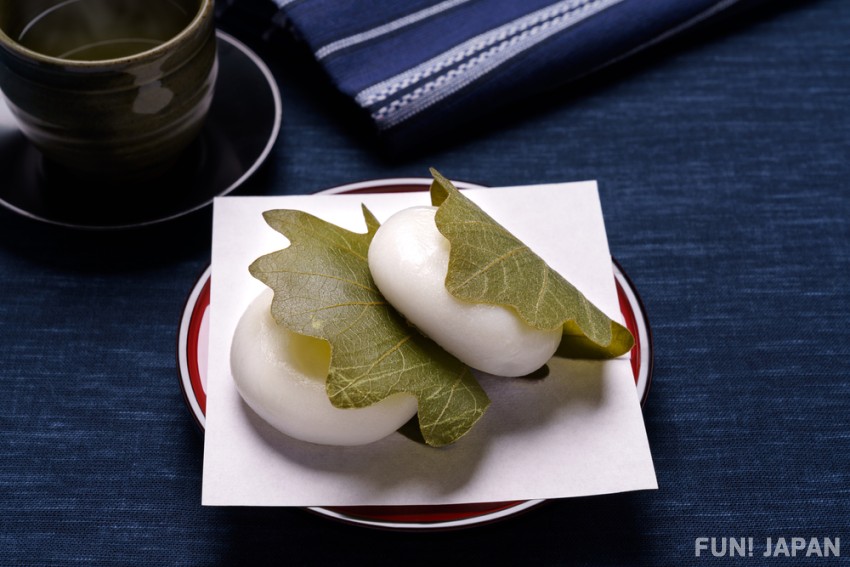
When it comes to representative food for Children's Day, Kashiwa Mochi (柏餅) is undoubtedly the one.
This culture of enjoying Kashiwa Mochi was born in the Edo period, and at that time, "Miso An" and "Salt An" were the mainstream.
The Kashiwa tree keeps its leaves even in winter. And it has a characteristic of shedding leaves when new buds sprout. In other words, it is considered a very auspicious tree because it does not shed leaves until a successor is established.
With such Kashiwa leaves and indispensable mochi for rituals, Kashiwa Mochi was born. The wish for boys to grow up healthy and for a successor to be born safely is embedded in Kashiwa Mochi.
The Kashiwa leaves are not just decorations, they could be considered the unsung heroes.
"Chimaki" symbolizing loyalty
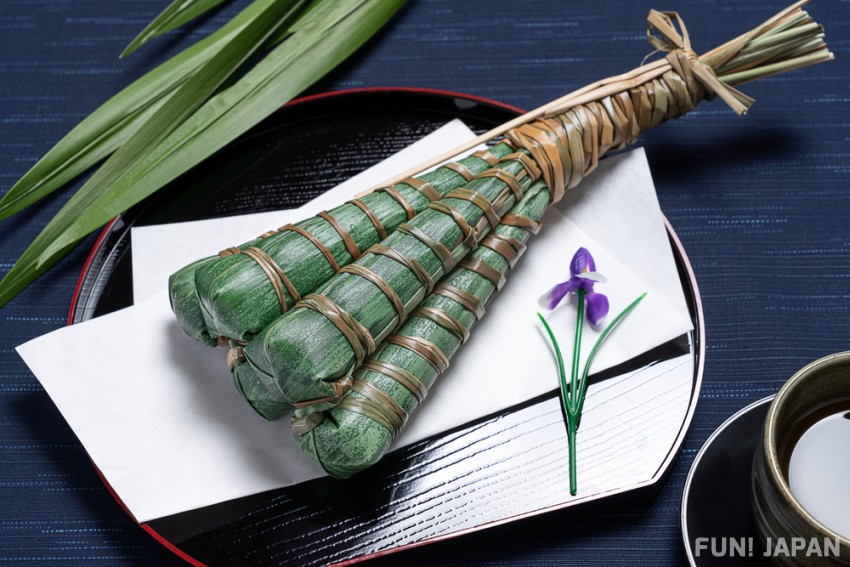
Many households serve chimaki, a type of dumpling, on their dinner table for Children's Day.
The name "chimaki" comes from the fact that it is wrapped in a leaf of a plant called "chigaya" (茅). In the old days, it was called "chigayamaki" (茅まき). The word "茅" can also be read as "chi", which is why the name "chimaki" became more commonly used.
The culture of chimaki has a deep connection with Qu Yuan, an ancient Chinese figure, which we also introduced in the origin of the Tango no Sekku festival. Qu Yuan was a person of high loyalty, trusted by both the king and the people. The chimaki that was thrown into the river to protect his body from fish is considered a symbol of loyalty.
In society, there are many situations where loyalty, obligation, and human emotion are required. When eating chimaki, it might be a good idea to remember Qu Yuan, who was admired by many people, and use it as an opportunity to think about loyalty.
The "Suzuki & Buri" Career Advancement Fish
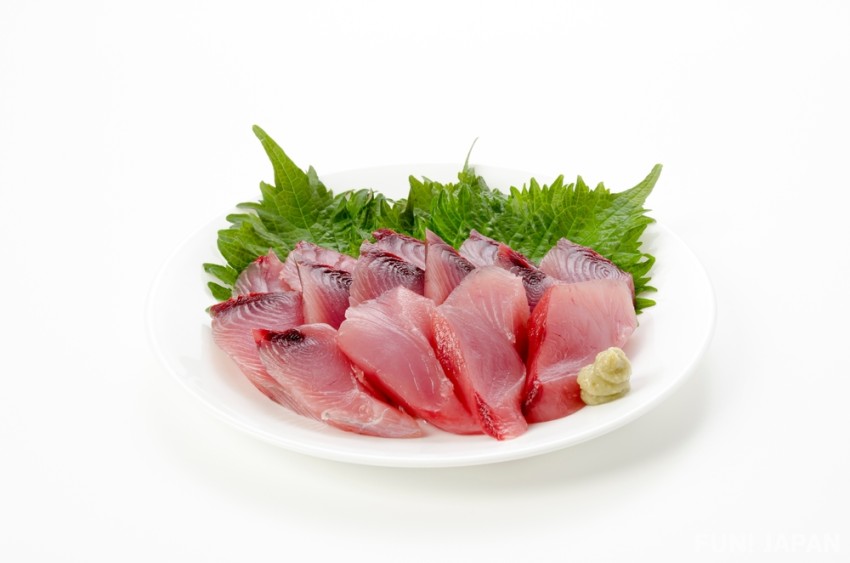
There are other auspicious foods for Children's Day. Sea bass (スズキ / Suzuki) and yellowtail (ブリ / Buri) are also often enjoyed. There is a common reason for this, both fish are considered as "career advancement fish".
"Career advancement fish" refers to fish that change their names as they grow. The names of sea bass and yellowtail change as follows:
・Koppa→Seigo→Fukko→Suzuki (Sea bass)
・Wakashi→Inada→Warasa→Yellowtail (Buri)
So, why does a name change signify career advancement? The reason is related to the customs of samurai and scholars, who had a tradition of changing their names when they came of age or when they were promoted. From such circumstances, sea bass and yellowtail, the "career advancement fish", have become one of the symbolic foods of Children's Day.
Also, bonito (カツオ / Katsuo) is considered auspicious because it is associated with the word "victorious man" (勝男 / Katsu-otoko).
Events and festivals held on Children's Day
Finally, let's introduce the events and festivals that are held annually on Children's Day. If you are looking for experiences related to Children's Day, this should be helpful. Participating with your family will undoubtedly create wonderful memories.
【Tokyo】Tokyo Tower with 333 "Koinobori" and a giant "Sanma-nobori"
Tokyo Tower hosts an event where 333 carp streamers, in honor of the tower's 333m height, swim in the sky.
In addition, a saury-shaped streamer about 6m long also appears. You might be surprised why it's a saury (サンマ / Sanma). Actually, the saury streamer carries a message and cheer for the reconstruction of Ofunato City, Iwate Prefecture.
This special event for Children's Day, which is crowded with many people every year, is held in front of the main entrance on the 1st floor of Tokyo Tower. In addition, the carp streamers are lit up during the event period so that you can enjoy not only during the day but also after the evening. Why not enjoy the different views during the day and night?
【Tokyo】MIDTOWN OPEN THE PARK
At Tokyo Midtown, events are held where you can spend a pleasant time amidst the fresh greenery.
At the lawn square, the popular annual Mid-Park Yoga and the Green & Bird Tour for parents and children are planned. Both are free to participate.
Furthermore, in celebration of Children's Day, carp streamers also liven up the event. First, under the title of "Art Koinobori", about 100 domestic and international designers and artists will design original carp streamers with the theme of "wishing for children's growth". The unique carp streamers are worth seeing.
For those who want to experience the carp streamers more closely, we recommend "Koinobori Kuguri". You can enter a giant carp streamer with a total length of about 25m and a diameter of about 2.5m. Both children and adults will surely be satisfied.
【Kanagawa Prefecture】Kodomo no Kuni Spring Festival
At Kodomo no Kuni, a popular event for parents and children will be held. There are many hands-on events at the Kodomo no Kuni Spring Festival, so you can enjoy various activities such as physical activities and crafts.
In "Nature Stamp Bingo", stamp your bingo card and explore the fresh green park. In "Try Street Performance", challenge juggling such as ball juggling, diabolo, and plate spinning. In "Make a Kabuto", you can craft an original large Kabuto that you can wear on your head. In addition, the "Performance Show" where you can enjoy street performances by performers and the "Hero Show" where passionate cheers are sent will also be held.
If you participate in this Kodomo no Kuni Spring Festival, you can create many wonderful memories with your family. Please note that some events may be cancelled in case of rain.
【Gunma Prefecture】Tatebayashi Koinobori no Sato Festival
If you want to experience the world's largest Koinobori event, we recommend the Tatebayashi Koinobori Village Festival. This event set a Guinness World Record in May of Heisei 17 (2005) by flying 5,283 Koinobori. It's a rare opportunity to see so many Koinobori swimming in the sky at once, even if you search all over Japan.
The roots of this large-scale Koinobori event can be traced back to the "Murota Doll Shop", a doll shop. It all started when they hung a small Koinobori on a one-meter rope at the storefront during the May doll selling season, and it has developed into a major local event.
If you visit during the "Tatebayashi Sakura Festival" (late March to early April), you can enjoy the collaboration of cherry blossoms and Koinobori, which is especially recommended.
Summary
This time, we have delivered a lot of content, from the meaning and origin of Children's Day to the events and festivals held on Children's Day.
Children's Day is filled with various wishes for children's health and success. Such positive energy spreads throughout the community, and many related events and festivals are held.

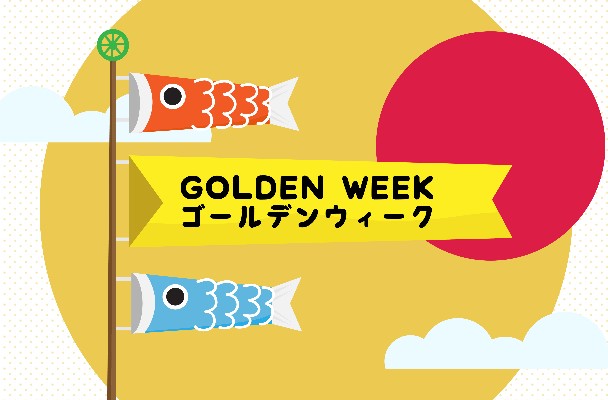
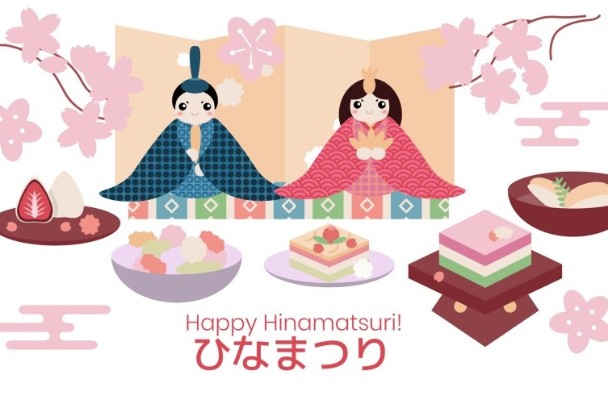
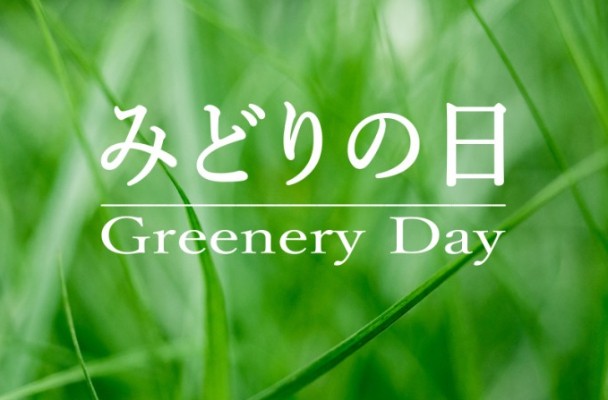
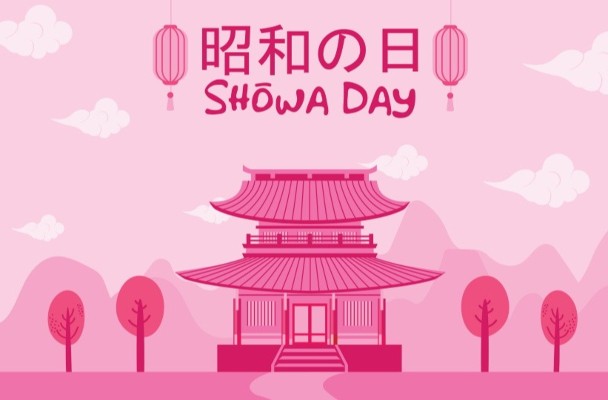

Comments